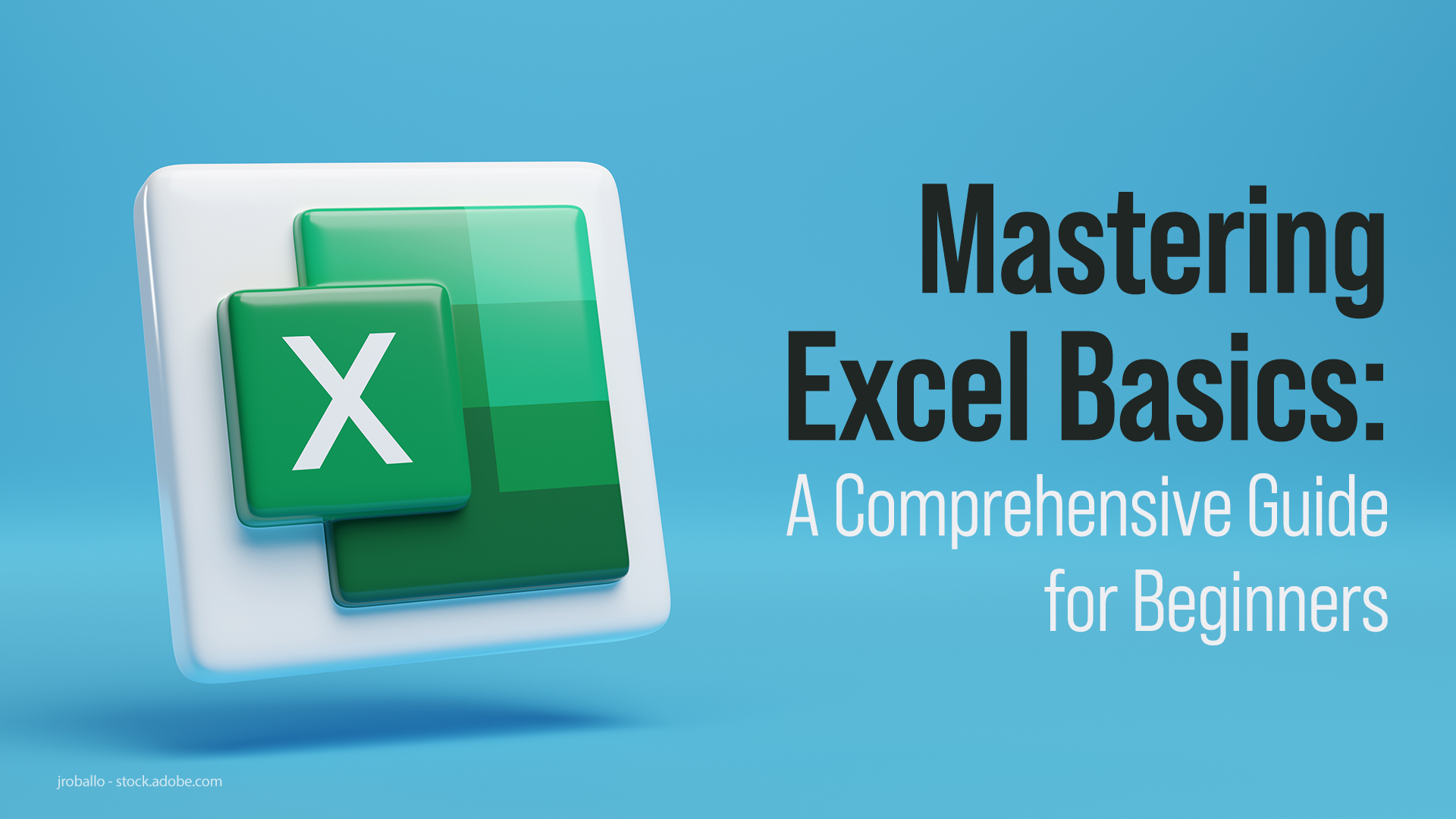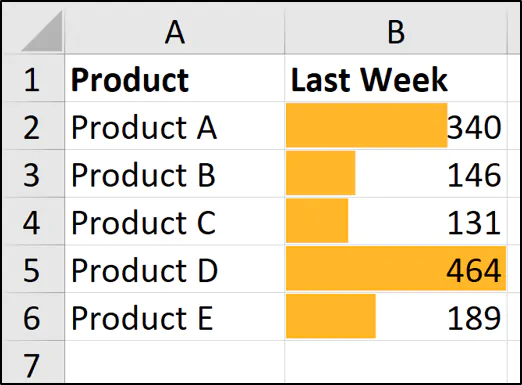Mastering Excel 2010: Sum Sheets Efficiently

Learning how to manage and analyze data effectively in Microsoft Excel is a vital skill in today's business environment. With Excel 2010, users have access to numerous functions and tools designed to streamline work and boost productivity. One of the tasks that can often seem daunting is summarizing data across multiple sheets. This guide will walk you through the process of efficiently summing sheets in Excel 2010, covering everything from basic techniques to advanced tips for enhancing your data manipulation skills.
Understanding the Basics of Excel Sum Function

Before diving into complex formulas and tricks, it’s important to grasp the fundamental concept of the SUM function:
- SUM Function: The SUM function in Excel adds up all the numbers in a range of cells or a series of numbers. The basic syntax is
=SUM(number1, [number2], …). - 3D Sum: Excel allows you to sum across multiple sheets using what’s known as a 3D reference. This can save significant time compared to manually copying and pasting sums.
How to Sum Across Sheets

Here are the steps to perform a sum across different sheets:
- Select a Cell: Begin by selecting the cell where you want the result to appear.
- Enter the Formula: Type
=SUM(and then click on the tab of the first sheet you want to include in your sum. - Select Range: Drag the mouse over the cells or type the range directly. For example, if summing A1 on sheets 1, 2, and 3, it might look like
=SUM(Sheet1:A1, Sheet2:A1, Sheet3:A1). - Complete 3D Reference: Click on the tab of the last sheet, or type
:after the first reference to include all sheets in between (e.g.,=SUM(Sheet1:Sheet3!A1)). - Finish Formula: Close the parenthesis and press Enter.
💡 Note: Remember that 3D references will not automatically update if sheets are added or deleted unless they are in the exact position within the formula.
Using External References

Sometimes, data to be summed might not be in consecutive sheets or even in the same workbook. Here’s how to handle external references:
- Linking: Use external links in your formula to reference data from other workbooks, like
=SUM([WorkbookPath]SheetName!A1:A10). - Updating Links: Excel 2010 prompts to update external links when the linked workbook is opened, ensuring the latest data is used in calculations.
Advanced Summing Techniques

As your proficiency with Excel grows, you might find yourself needing more advanced methods to manage complex datasets:
Conditional Summation

- SUMIF: Use this to sum cells based on specific criteria. For example,
=SUMIF(range, criteria, [sum_range])sums cells if they match your criteria. - SUMIFS: Allows summing with multiple conditions. Syntax includes multiple conditions:
=SUMIFS(sum_range, criteria_range1, criteria1, [criteria_range2, criteria2], …).
Array Formulas

Array formulas can perform multiple calculations on one or more items in an array. Here’s how you can use them for summing:
- Array Sum: Enter a formula like
=SUM((Sheet1:Sheet3!A1:A10)*(Sheet1:Sheet3!B1:B10=“Criteria”))to sum cells where the criteria match. Array formulas need to be entered with Ctrl+Shift+Enter.
Using PivotTables for Dynamic Summation

PivotTables are an advanced tool for summarizing data dynamically:
- Create a PivotTable: Include data from multiple sheets by adding each sheet’s range to the data source.
- Summarize Values: Drag the fields you want to sum into the Values area of the PivotTable.
📝 Note: PivotTables can be refreshed to reflect changes in the source data, making them ideal for real-time reporting.
Summing with Excel VBA

For even more automation and flexibility, consider using VBA:
- Custom Functions: Create User-Defined Functions (UDFs) to sum across sheets or workbooks with custom logic.
- Automate Data Analysis: Use VBA to automate repetitive tasks like updating sum formulas when new sheets are added.
Final Thoughts on Efficient Data Summing

Mastering Excel 2010 for data summing involves understanding its basic functions, leveraging advanced techniques like conditional summing, array formulas, and automation via PivotTables and VBA. Here are some key takeaways:
- Use the SUM function for basic summing across sheets with 3D references or external references for data outside the current workbook.
- Apply conditional functions like SUMIF or SUMIFS to sum selectively based on criteria.
- Harness the power of array formulas to perform complex calculations on multiple datasets simultaneously.
- Employ PivotTables for dynamic and interactive data analysis.
- Automate with VBA for custom solutions and repetitive tasks.
By integrating these methods into your Excel workflow, you’ll not only enhance your efficiency but also unlock the full potential of Excel 2010 for data analysis and reporting. Whether you’re compiling financial reports, analyzing sales data, or simply organizing personal expenses, these techniques will provide a solid foundation for managing and understanding complex data sets with ease.
What is a 3D reference in Excel?

+
A 3D reference in Excel refers to a range that spans across multiple worksheets. This allows you to perform calculations or apply functions across different sheets without copying and pasting data.
Can I sum cells conditionally across different sheets?

+
Yes, you can use the SUMIF or SUMIFS functions along with 3D references to sum cells conditionally across different sheets. Ensure that the criteria are consistent across sheets for accurate results.
How do I refresh external links in Excel 2010?

+
Excel 2010 will prompt you to update external links when you open a workbook that has links to other files. You can choose to update automatically or manually. For manual updates, go to the ‘Data’ tab, select ‘Connections’, and click ‘Refresh All’.


